The smell hit me first. Rich spices and herbs, simmering meat, fragrant broth. I was in Jakarta, seated at a small warung. A steaming bowl arrived. This was soto – Indonesia’s beloved soup, a dish that transcends mere sustenance to become a cultural emblem, a culinary tapestry woven with threads of history, tradition, and innovation.
What is Soto?
Soto is soup. But not just any soup. It’s Indonesia’s national dish. A bowl of soto contains multitudes. Meat, vegetables, rice or noodles swim in aromatic broth. Spices and herbs infuse every spoonful. Each region has its own version. No two sotos are the same. This diversity is a testament to Indonesia’s rich cultural mosaic, where each community adds its unique touch to the dish, creating a symphony of flavors that is both familiar and novel.
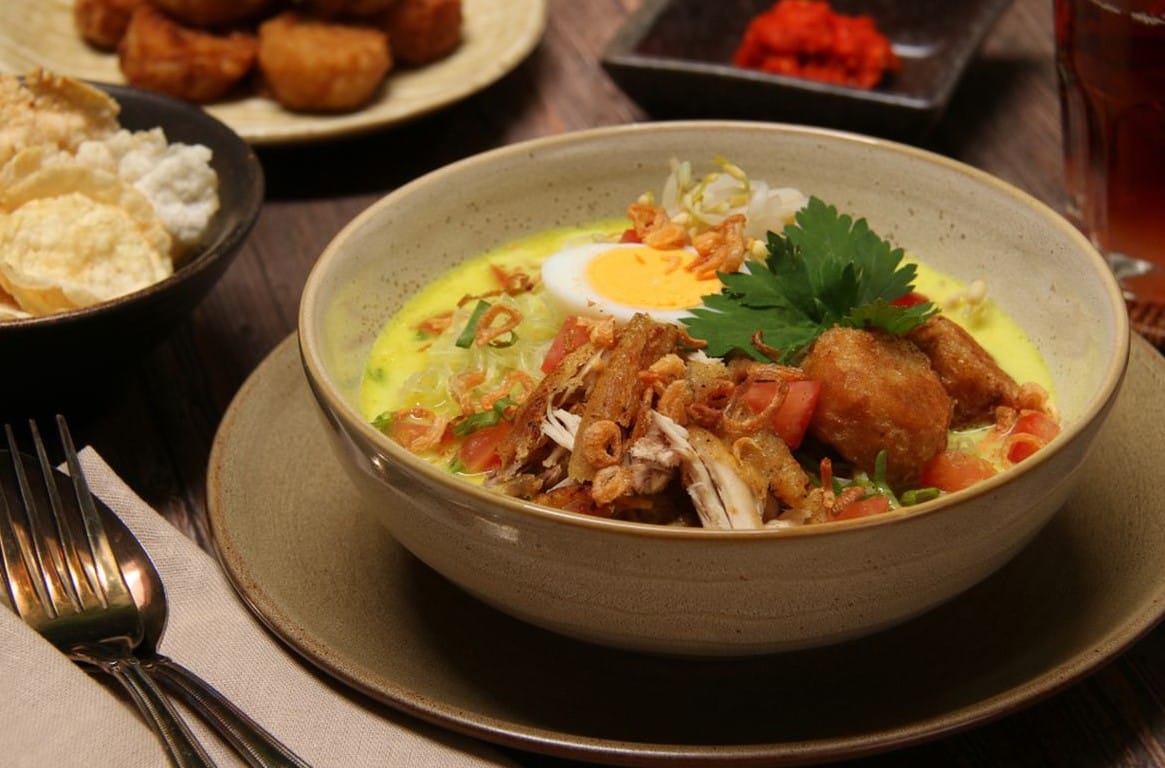
Ancient Roots
The story of soto is old. Older than Indonesia itself. It began over 2,000 years ago. Chinese traders brought their soups to the archipelago. These soups mixed with local ingredients and tastes. Something new was born. The fusion of Chinese culinary techniques with indigenous flavors marked the beginning of soto’s evolution, a process that would continue to adapt and transform over the centuries.
The word “soto” comes from “cau do”. It’s an old Chinese term. It means “cow’s innards”. Early versions used tripe and organs. Things changed over time. But the name stuck. This etymology reflects the dish’s humble beginnings, rooted in the resourceful use of available ingredients, a practice that remains central to its preparation today.
Islamic Influence
Islam arrived in Indonesia in the 13th century. It brought new flavors and cooking methods. Turmeric became popular. It gave soto its signature yellow color. Coconut milk added richness. These elements blended with existing recipes. Soto evolved. The introduction of Islamic dietary laws also influenced the choice of ingredients, steering the dish away from pork and towards halal meats like chicken and beef.
The spread of Islam also facilitated the exchange of culinary ideas across the archipelago, as traders and scholars traveled between regions, sharing not only religious teachings but also recipes and cooking techniques. This period of cultural exchange enriched the soto tradition, adding layers of complexity to its flavor profile.
Dutch Colonial Era
The Dutch ruled Indonesia for centuries. They left their mark on soto too. Dutch tastes influenced ingredients and preparation. Potatoes and carrots found their way into some versions. The soup adapted. It survived. The colonial era was a time of significant change, as Indonesian cuisine absorbed European influences, creating new hybrids that reflected the country’s colonial history.
During this time, soto became a symbol of resistance and resilience, a dish that could adapt to foreign influences while maintaining its core identity. It was a culinary testament to the Indonesian spirit, capable of absorbing and transforming external elements into something uniquely its own.
Regional Varieties
Indonesia is vast. Over 17,000 islands. Hundreds of ethnic groups. Each area developed its own soto. Here are a few:
Soto Betawi
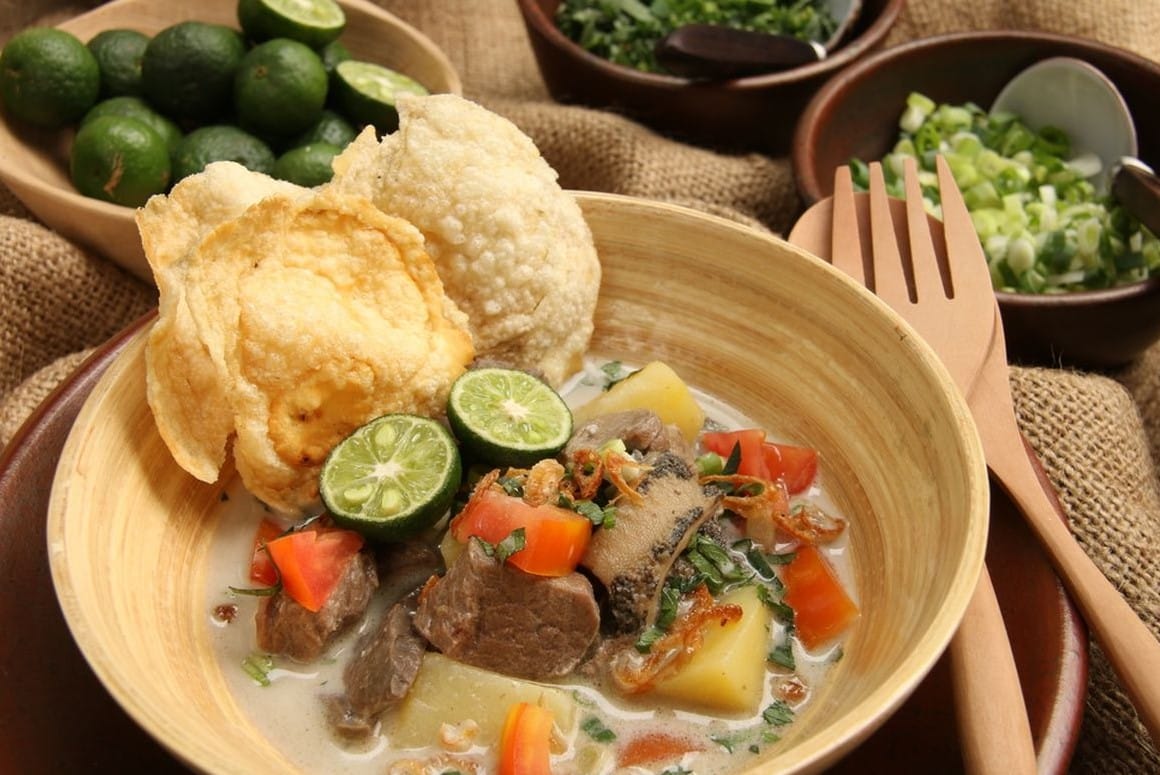
This is Jakarta’s soto. Rich with coconut milk. Beef is the star. Lime and fried shallots add punch. It’s creamy and satisfying. Soto Betawi reflects the cosmopolitan nature of Jakarta, a city where diverse cultures converge, each leaving its mark on the local cuisine.
Soto Ayam
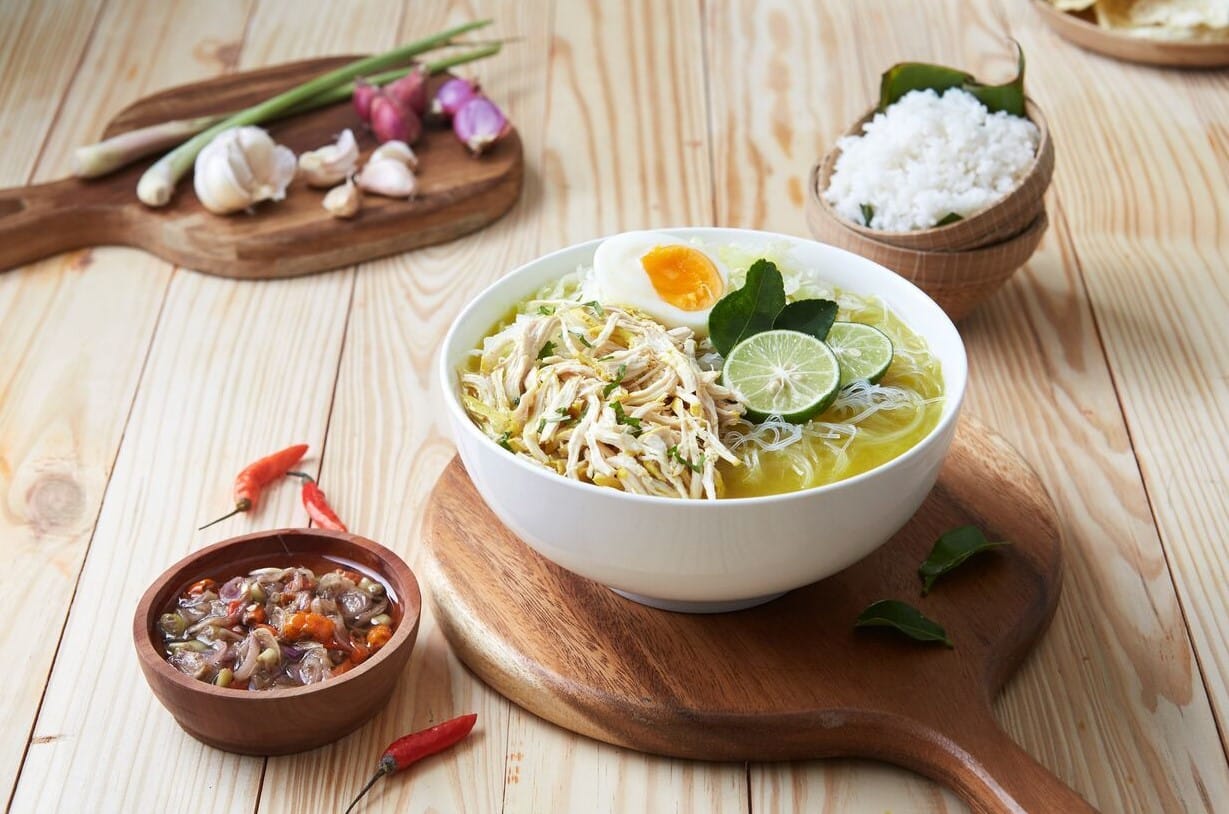
Chicken soto. Found across Java. Clear broth, shredded chicken, vermicelli noodles. Simple but flavorful. Soto Ayam is a staple of Javanese cuisine, known for its balance of flavors and its ability to comfort and nourish.
Soto Medan
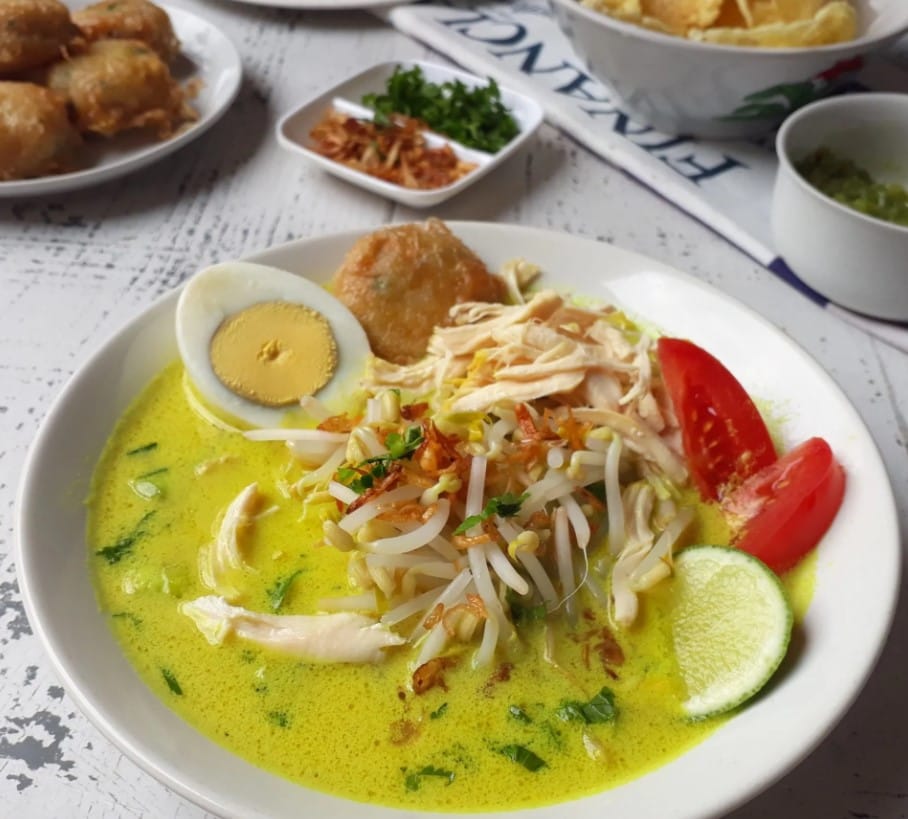
From North Sumatra. Coconut milk base. Shrimp paste gives it depth. Often served with perkedel (potato fritters). Soto Medan is a reflection of the region’s rich culinary heritage, where bold flavors and hearty ingredients come together in a satisfying dish.
Soto Banjar
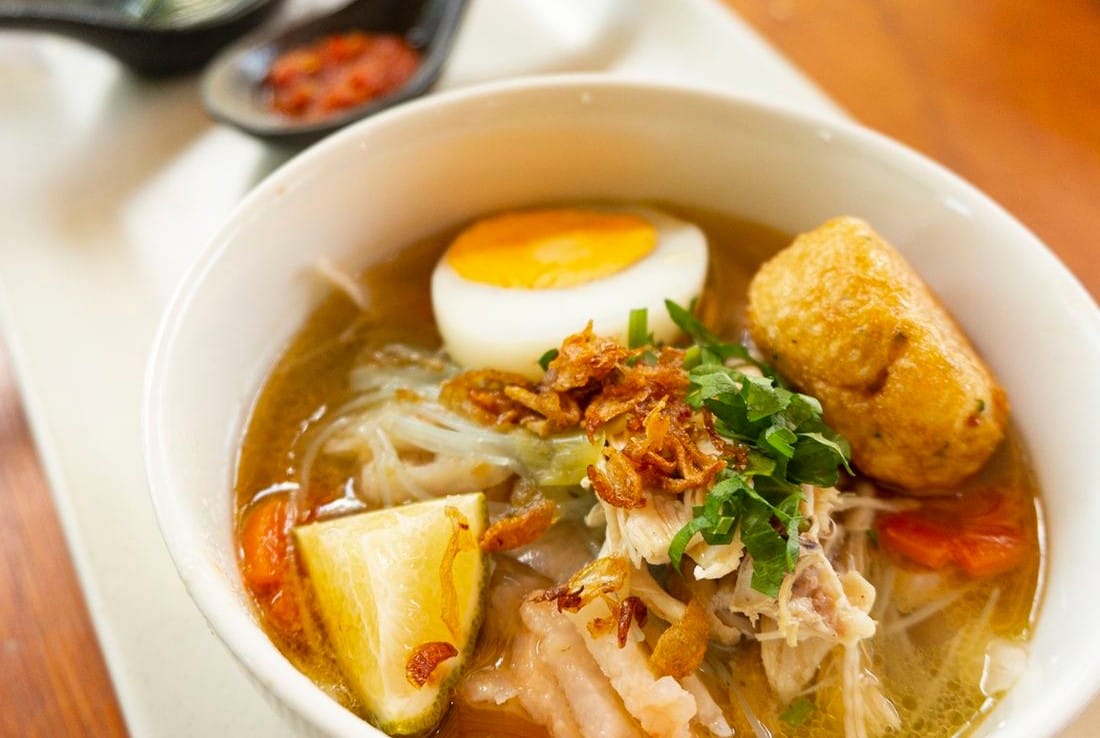
South Kalimantan’s pride. Duck or chicken. Spices like cinnamon and cloves. Unique ketupat (rice cakes) on the side. Soto Banjar is a celebration of the region’s spice trade history, where exotic spices are used to create a dish that is both aromatic and flavorful.
Soto Makassar
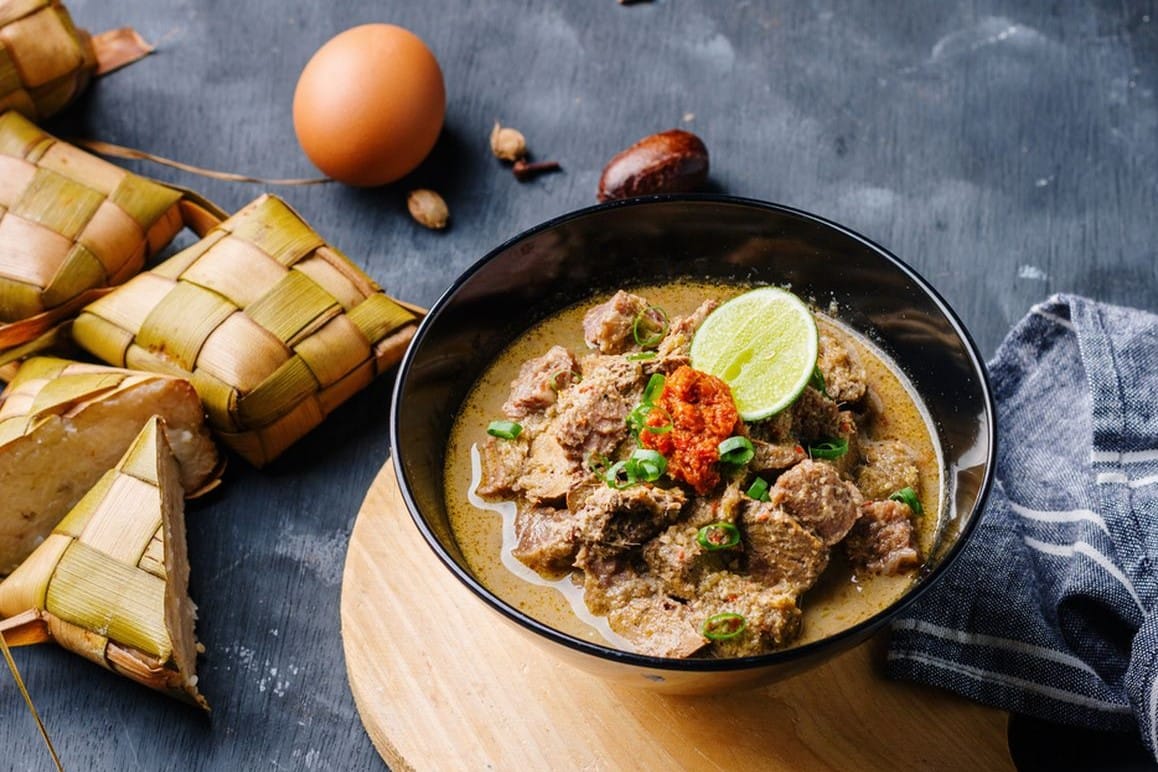
Also called Coto Makassar. From South Sulawesi. Beef offal is key. Peanuts add crunch. It’s bold and hearty. Soto Makassar is a testament to the region’s love for bold flavors and rich textures, a dish that is as hearty as it is flavorful.
Common Elements
Despite differences, some things tie soto together:
- Broth: The soul of soto. Clear or creamy. Always flavorful. The broth is the foundation of the dish, a carefully crafted blend of spices and aromatics that infuses the soup with depth and complexity.
- Meat: Chicken, beef, goat, even seafood. Protein is essential. The choice of meat varies by region, reflecting local preferences and available resources.
- Aromatics: Garlic, shallots, ginger. The flavor base. These ingredients form the backbone of the dish, providing a fragrant and flavorful base that complements the other elements.
- Spices: Turmeric, coriander, cumin. Each recipe has its blend. The use of spices is a hallmark of Indonesian cuisine, and soto is no exception, with each version showcasing a unique blend of spices that reflects regional tastes.
- Herbs: Lemongrass, kaffir lime leaves, cilantro. For freshness. Fresh herbs add a burst of flavor and aroma, elevating the dish and adding a touch of brightness.
- Accompaniments: Rice or noodles. Sambal for heat. Krupuk (crackers) for crunch. These accompaniments add texture and flavor, transforming soto from a simple soup into a complete meal.
Cooking Methods
Making soto is an art. It takes time and skill. The process varies, but generally:
- Prepare the spice paste. Grind aromatics and spices. This step is crucial, as the spice paste forms the foundation of the dish’s flavor.
- Cook the meat. Often boiled, sometimes fried. The cooking method depends on the type of meat used and the desired texture.
- Make the broth. Simmer bones and spices for hours. The broth is the heart of the dish, requiring patience and care to develop its rich, complex flavor.
- Combine everything. Add vegetables and garnishes. The final step is to bring all the elements together, creating a harmonious blend of flavors and textures.
The result is more than soup. It’s a complete meal in a bowl. Each spoonful is a journey through Indonesia’s culinary landscape, a taste of the country’s rich history and diverse culture.
Cultural Significance
Soto is more than food. It’s part of Indonesia’s identity. Families have their secret recipes. Passed down through generations. Each spoonful tells a story. Soto is a dish that connects people to their heritage, a reminder of home and family, of shared meals and cherished memories.
In times of celebration, soto is there. At weddings, birthdays, religious festivals. It brings people together. Comfort in a bowl. Soto is a dish that transcends social and economic boundaries, a symbol of unity and togetherness.
During Ramadan, soto takes on special meaning. It’s a popular choice for breaking the fast. Nourishing and easy to digest. A tradition for many. The dish’s comforting warmth and rich flavors make it an ideal choice for iftar, providing sustenance and satisfaction after a day of fasting.
Modern Innovations
Soto continues to evolve. Chefs experiment with new ingredients. Vegetarian versions emerge. Some add international twists. But the essence remains. The dish’s adaptability is one of its greatest strengths, allowing it to evolve with changing tastes and dietary preferences.
Street vendors still serve traditional soto. From pushcarts and small warungs. The same as they have for generations. Affordable and accessible to all. These vendors are the guardians of tradition, preserving the authentic flavors and techniques that have been passed down through generations.
High-end restaurants offer gourmet versions. Premium ingredients. Elegant presentations. Soto adapts to changing tastes and times. These modern interpretations showcase the dish’s versatility, elevating it to new heights while honoring its roots.
Global Recognition
Indonesian cuisine is gaining worldwide attention. Soto leads the charge. You can find it in major cities around the globe. From New York to London to Tokyo. It’s Indonesia in a bowl. As the world becomes more interconnected, soto is emerging as a culinary ambassador, introducing people to the rich flavors and traditions of Indonesian cuisine.
Food critics praise its complexity. Travel shows feature its variety. Soto is becoming an ambassador for Indonesian culture. The dish’s growing popularity is a testament to its universal appeal, a reflection of its ability to transcend cultural boundaries and connect people through the shared experience of food.
The Future of Soto
What’s next for soto? It’s hard to say. But some things are certain:
- It will remain a staple of Indonesian cuisine. Soto’s enduring popularity is a testament to its cultural significance and culinary appeal.
- Regional varieties will continue to thrive. The diversity of soto is one of its greatest strengths, and regional variations will continue to flourish, each offering a unique taste of Indonesia’s culinary landscape.
- New interpretations will emerge. As chefs continue to experiment and innovate, new versions of soto will emerge, reflecting contemporary tastes and trends.
- Its popularity abroad will grow. As more people discover the rich flavors and cultural significance of soto, its global presence will continue to expand.
Soto is not just soup. It’s history, culture, and identity. Liquid in form, but solid in significance. The dish’s ability to adapt and evolve while remaining true to its roots is a testament to its enduring appeal and cultural importance.
A Personal Reflection
I finished my bowl of soto. The last spoonful as good as the first. I thought about its journey. From ancient China to my table in Jakarta. Centuries of history in every bite. Soto is more than the sum of its parts. It’s the story of Indonesia itself. A blend of influences. Adapted to local tastes. Always changing, yet somehow timeless.
As I left the warung, I knew I’d be back. For another bowl. Another chapter in the ongoing story of soto. A story that, like the best soups, only gets richer with time. Each bowl of soto is a reminder of the dish’s rich history and cultural significance, a testament to the enduring power of food to connect us to our past and to each other.
